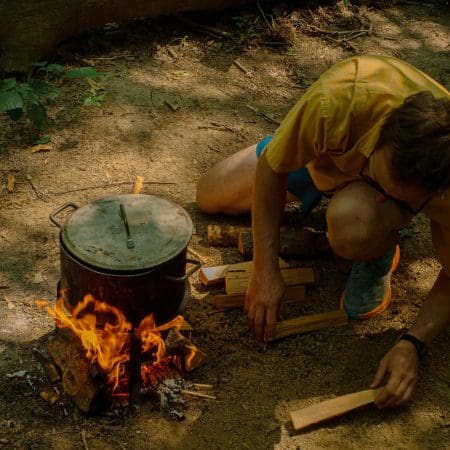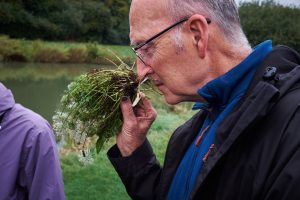Purple Loosestrife / Spring / Summer / Edible
Purple Loosestrife (Lythrum salicaria) is a striking perennial plant that captures attention with its tall, vibrant spikes of magenta flowers. Originally native to Europe and Asia, this hardy species has spread across the UK and other parts of North America, often found thriving in wetlands, riverbanks, and damp meadows.
Despite its beauty, Purple Loosestrife is known for its invasive tendencies, aggressively spreading and outcompeting native vegetation, which poses a threat to local ecosystems. Identifying this plant involves looking for its distinctive square stems, opposite or whorled leaves, and dense clusters of flowers that bloom from mid-summer to early autumn.
In this blog post, we’ll explore the key identifying features of Purple Loosestrife.
Common Names
Purple Loosestrife, spiked loosestrife, purple Lythrum.
Botanical Name
Lythrum salicaria
Scientific Classification
– Kingdom: Plantae
– Order: Myrtales
– Family: Lythraceae
Physical Characteristics of Purple Loosestrife
Leaves
The leaf shape and the hairiness can vary a lot as there are a number of subspecies and varieties.
The leaves are lanceolate, 3–10 centimetres long, downy, and arranged opposite or in whorls of three.
The stems are reddish-purple and square in cross-section. Many stems grow from a single root stock.

Flowers
The flowers are reddish purple, 10 to 15 mm long and they grow in whorls forming long spikes. The flowers usually have 6 petals and 12 stamens.

Fruit
The fruit is a small 3–4 mm capsule containing lots of tiny seeds. When the seeds are mature, the leaves often turn bright red normally in early autumn.

Habitat
Purple Loosestrife prefers damp ground and is generally found in damp fens, along river banks and canals.
Known Hazards
The plant is high in tannins, so moderate use is advised.
Purple Loosestrife Could be Confused with…
Great Burnet (Sanguisorba officinalis) but this is much taller and has a much larger flowerhead, it is also edible but quite rare.
Edible Uses of Purple Loosestrife
The leaves and flowers can be eaten, they’re not too exciting but the flowers are very pretty and can be used as a garnish to bring a bit of excitement to any dish.
Notes on Herbal Uses
Purple Loosestrife has in the past been used medicinally as a treatment for diarrhoea, chronic intestinal catarrh, haemorrhoids, eczema, varicose veins and bleeding of the gums
Extra notes from the Foragers
A single plant may produce up to 2.7 million tiny seeds annually. These seeds are carried by wind and germinate in moist soils after overwintering. The plant can also sprout from pieces of root left in the soil. Once established, loosestrife is difficult and costly to remove and it is classed as a noxious weed in 29 states in the U.S.
Reference:
https://www.wildlifetrusts.org/wildlife-explorer/wildflowers/purple-loosestrife









